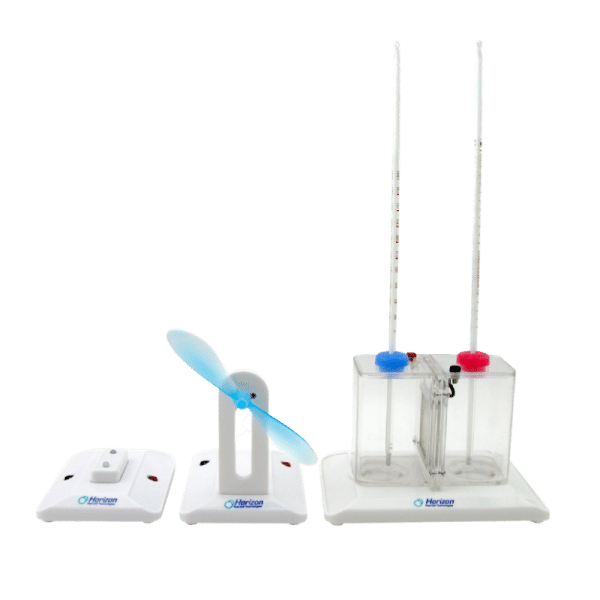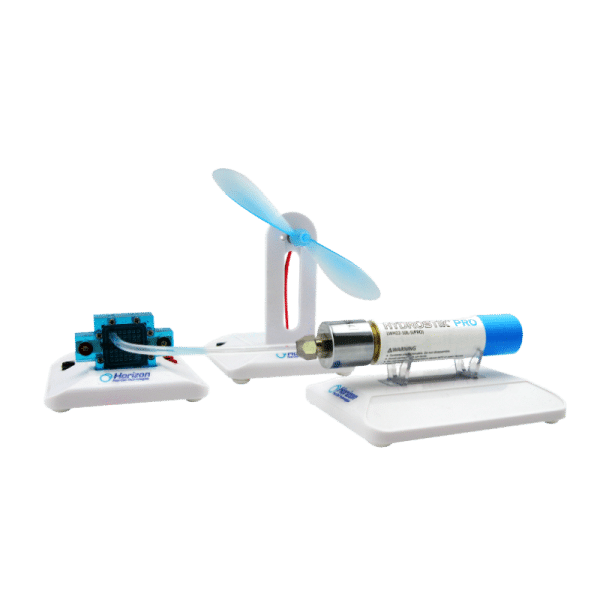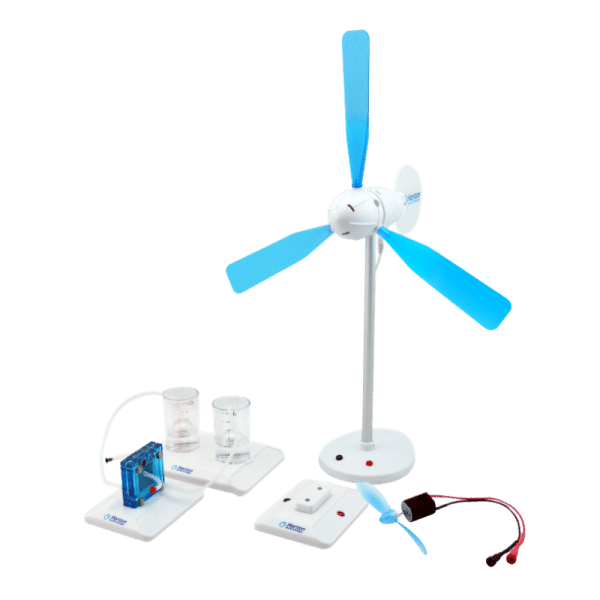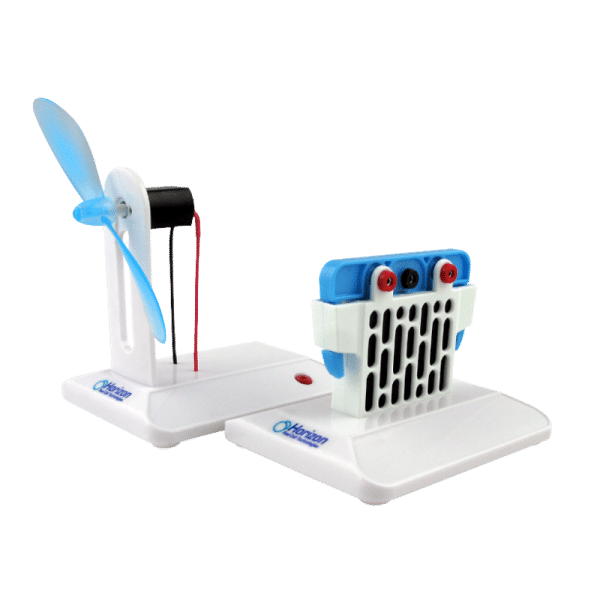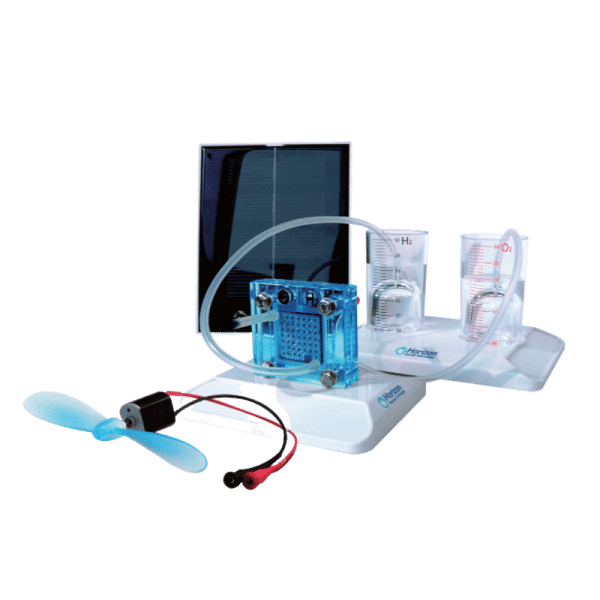Description
Thermal Power Science kit – product overview
Now you can generate electricity using nothing more than a combination of hot and cold water and a special conversion cell. As the temperature evens out between the two containers of water, the power level reduces. LED and mini turbines demonstrate the variance in the electrical power being generated and there are two thermometers to keep track of the temperature levels.
- Discover the thermoelectric effect and the materials that cause it while performing experiments with a unique generator.
- Create an electric current using nothing more than temperature differences while investigating physics concepts.
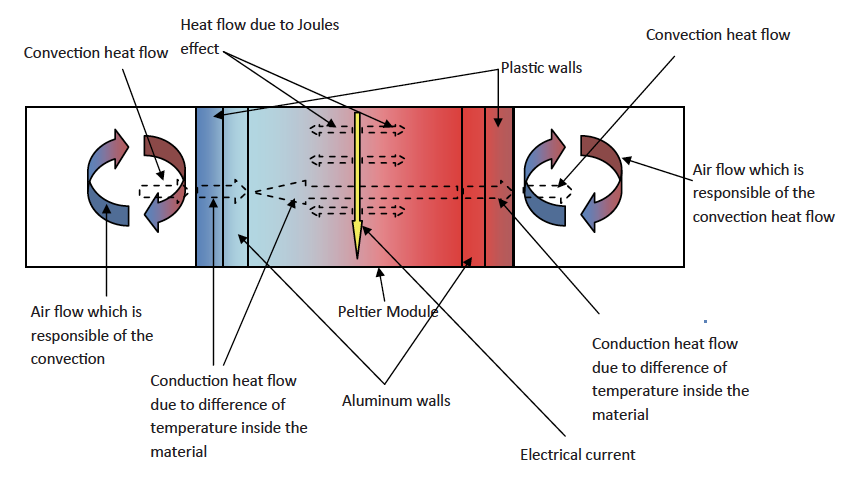
Can your students answer the following questions?
What is a Peltier Module? What is SEEBECK effect ?
Peltier module is an electrical component wade with semiconductor. It is used to create heat when you input electricity inside. SEEBECK effect is a physical phenomenon which could be described by the appearance of a current in the junction between two materials when it is crossed by a heat flow.
What is a dipole? Do there is different types of dipoles? If yes, classify the dipoles contained in this kit.
Dipole is an electrical component which is made with 2 terminals. There is two kinds of dipole, the active ones and the passive ones. The first type of dipole is able to generate an electrical current and the second one can just receive current.
What is a semiconductor? What is a PN Junction?
A semiconductor is a specific material which shows a special ability to react with its environment. This kind of material has a specific atomic structure with a lack or an excess of electrons. When this kind of material receive some energy (light, magnetism, thermal energy…), the electrons on the valance band (highest layer which could be completely filled with electrons) goes on the external layer called conduction band. When electrons reach this position, they could flows inside the material. In other words, the material becomes more conductors when the electrons reach valence band. Some semiconductors are made with several elements which have not the same number of electrons. If the added element shows a higher number of electrons, there is a local excess of electrons and the material is called n-type doped material. On the opposite side, the p-type doped semiconductor shows a lack of electron around the added element because this one has a lower number of electrons. A PN junction is composed of two semiconductors fixed together. When there is some energy which goes into the junction, both materials react becomes conductor. Due to the difference of electrical potential between the Positive (p-type) and the negative (n-type) part of the junction, a current appears.
What is the central component of the generator? With what physical effect does it function? Quote another thermoelectric effect.
The central component is a Peltier Module. It works due to SEEBECK effect, which is the complementary effect of PELTIER effect.
Curriculum
What is included in the horizon energy curriculum? The lab equipment is just the beginning. We’ve built the horizon energy curriculum to provide teachers with multiple resources for engaging their students.
Materials provided
- Hands-on Lab Activities
- Teacher’s Guides
- Student’s Guides
Concepts covered
 Physics Concepts
Physics ConceptsCurrent/Voltage, Energy, Heat, Ohm’s Law, Thermal Energy
 Earth Science Concepts
Earth Science ConceptsRenewable Energy


